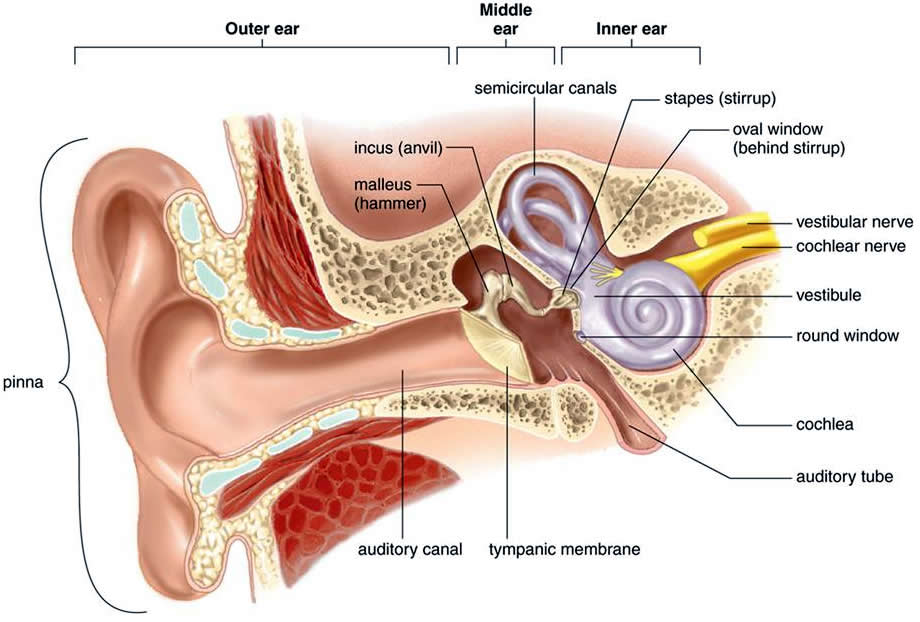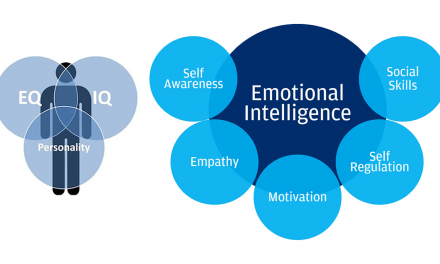There’s one popular misteaching that seems to pervade : it’s our understanding of ‘the senses’ – and that is that there are only 5 of them!
It’s an ingrained idea, that we have all been taught at some time, that the five senses are hearing, sight, smell, taste and touch. However if you really think about this subject a bit, its pretty obvious and quickly apparent that we have many more ways to sense the world.
Proprioception
A simple counterexample to the 5 senses theory can be demonstrated with the following little trick :
| ⇒ | Position yourself somewhere that allows your arm to move freely, without touching anything else. |
| ⇒ | Close your eyes and stretch your arm out wide to the side. |
| ⇒ | Touch your nose with your eyes still closed |
Did you manage it ? : For most people this is no challenge, but for those who have problems with what is known as proprioception, or sensing where your body parts are, touching your nose this way is a bit more of a problem . Some sceptics may argue that this is nothing more than the geometry of your body dictating that when you bend your arm, your finger hits your nose. In which case, try the advanced proprioception test: this time don’t touch your nose, but with your eyes still closed, stop your finger just in front of your nose by a couple of centimetres (about an inch).
If you try it, it feels decidedly uncanny that you can do this without any comedy poking of yourself in the eye or up the nose.

Proprioception is the reason you can tell what expression you have on your face without having to look in a mirror
Attached to every single one of our skeletal muscles is a stretch receptor that reports back to our brains how stretched out or relaxed each muscle is. As babies, we all unconsciously construct a model of our bodies in our minds and how all the different stretch receptors relate to where our limbs are. It’s the reason you can tell what expression you have on your face without having to look in a mirror.
If our proprioception goes wrong, when under the influence of alcohol for example, you become clumsy, knock things over and trip over your own feet. You literally don’t know where your arms and legs are.
Sense of Balance
The other most obvious sense not listed in the big 5, that goes hand in hand with proprioception, is our sense of balance.
 This is all down to the arrangement of tubes of fluid inside your ears that are detecting acceleration, which is to say that your ears know when you change your speed or you change the direction of your speed. The most obvious use of this is our ability to detect when our bodies are not upright and we are in the act of falling over. It’s also a sense that’s easy to disrupt and
confuse: we are all familiar with the sensation of being dizzy, usually because you’ve spun around, and the fluid in your ears keeps spinning while you don’t.
This is all down to the arrangement of tubes of fluid inside your ears that are detecting acceleration, which is to say that your ears know when you change your speed or you change the direction of your speed. The most obvious use of this is our ability to detect when our bodies are not upright and we are in the act of falling over. It’s also a sense that’s easy to disrupt and
confuse: we are all familiar with the sensation of being dizzy, usually because you’ve spun around, and the fluid in your ears keeps spinning while you don’t.
And More …
There are other senses too, and they all start to blur the lines on what is and is not part of a different sense. For example, there are receptors all over the insides of our bodies that can detect the levels of different chemicals such as carbon dioxide, salt, oxygen and hormones. From a purely functional perspective these senses are the same as our ability to smell, just located in a different place. You could say that your brain can smell carbon dioxide, but clearly not with your nose. You are also not consciously aware of the results of your brain sensing carbon dioxide. Your brain automatically adjusts your breathing rate without a conscious decision on your part.

your brain can smell carbon dioxide
Similarly, take two of our other abilities – to detect heat and to detect pain. Both of these function in a similar way to our sense of touch, and yet at the end of the sensory nerves there are distinct microscopic structures that make them different.
We clearly don’t have just 5 senses, but a plethora of different ways to perceive the world around and inside our bodies. Some of these senses, once we start to examine them more closely, start to overlap, and the lines become blurred.





